In This Issue: Habitat Degradation and the Spread of Zoonotic Disease
By Amy Nelson
Pretend, for a moment, that you are not a person, but a microbe. You are a tiny virus particle, one-millionth of an inch in size. Your sole purpose is to reproduce and spread your offspring. You and your natural reservoir host—let’s say it’s a large, fruit-eating bat of the genus Pteropus—have coevolved over millions of years, and life has been good. You’ve each been well-fed, comfortable, and able to reproduce slowly and steadily without much trouble.
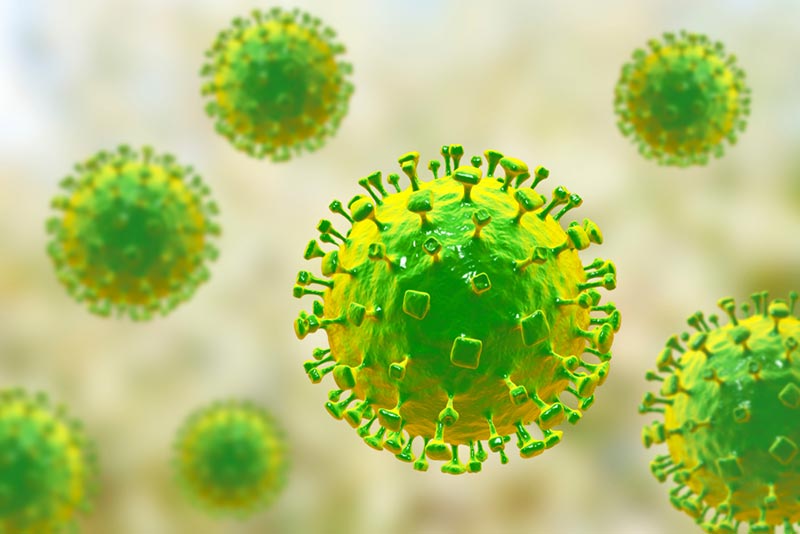 But now, the forest where your host finds its food has been burned down by humans and replaced with an expansive livestock pasture surrounded by an orchard. A fruit bat must eat fruit, and in its search for a new food source, your host has now discovered the orchard. As your host gnaws on a juicy water apple from the orchard, you are excreted in its saliva onto an uneaten portion of the fruit which falls to the ground.
But now, the forest where your host finds its food has been burned down by humans and replaced with an expansive livestock pasture surrounded by an orchard. A fruit bat must eat fruit, and in its search for a new food source, your host has now discovered the orchard. As your host gnaws on a juicy water apple from the orchard, you are excreted in its saliva onto an uneaten portion of the fruit which falls to the ground.
A nearby pig sniffs out the fruit and consumes it, and you find yourself in a new—and rather hospitable—host. Inside the pig, you are easily able to reproduce, and as you do, you create havoc in the pig’s respiratory system. Soon, the pig begins to cough violently, and some of your particles are expelled through the pig’s nasopharyngeal secretions. Some of those particles are carried by the wind to the neighboring pig farm. One of them is inhaled by a pig farmer, who soon falls ill. And just like that, you have become a zoonotic disease – an infectious disease that can be transmitted from vertebrate animals to humans. In less than a year, that pig farmer, along with more than 100 other pig farmers, will die from encephalitis caused by you.
While this anecdote may seem far-fetched, it is anything but. It resembles the true life tale of how Nipah virus (NiV), which emerged in Malaysia in 1998, crossed species and became highly fatal to humans. (It also led to the government-ordered slaughter of 1.1 million pigs.) Though the term “zoonotic disease” may be new to the general public, outbreaks of devastating zoonotic diseases, such as Ebola, HIV/AIDS, SARS, and avian flu are not. According to a study conducted by the International Livestock Research Institute (ILRI), zoonotic diseases are responsible for 2.7 million human deaths globally each year.
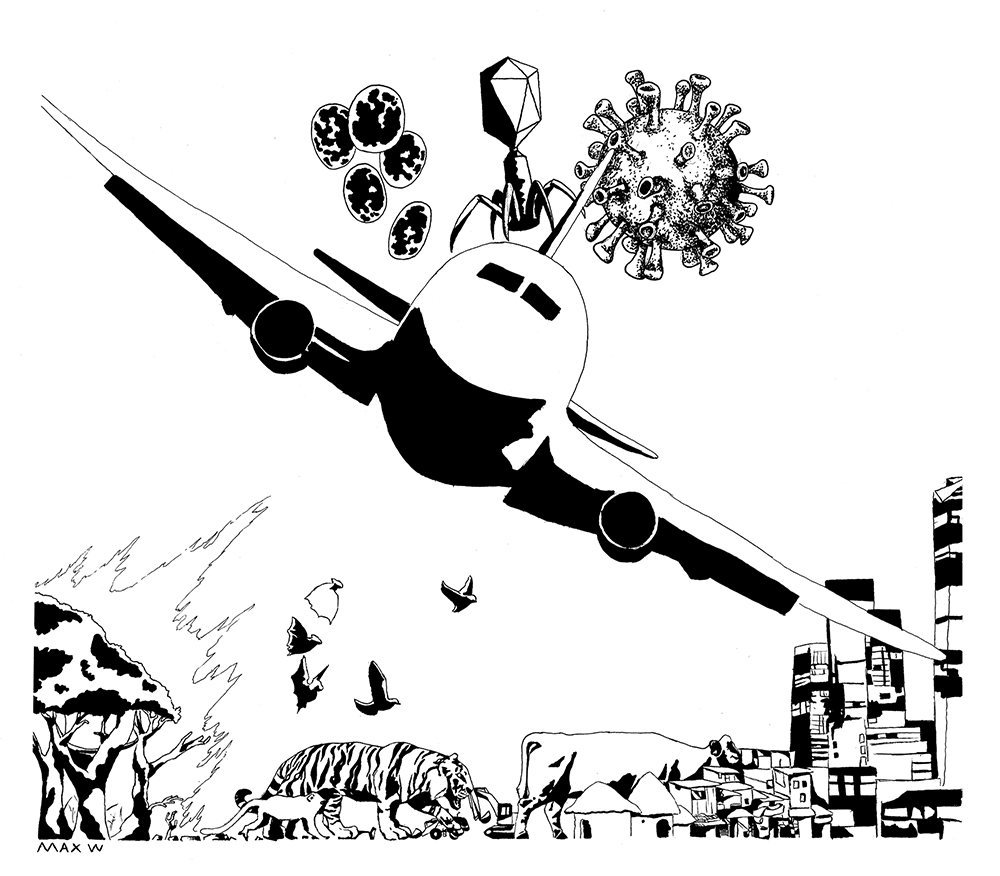
That ILRI study was published in 2012, long before the newly discovered zoonotic virus, SARS CoV-2, brought the entire world to its knees. The virus behind COVID-19, SARS CoV-2 is currently believed to have originated in bats (and possibly pangolins). More than 70 percent of all emerging diseases affecting people are zoonotic. And according to experts, they are on the rise. While wet markets, the exploitation of wild species, and climate change are partially to blame for this increase, researchers are revealing another prominent driver: the destruction of habitat and biodiversity.

When humans encroach into tropical forests and other wild landscapes to build roads, develop communities, establish agriculture, construct dams, extract resources like timber, etc., we disrupt ecosystems. Those ecosystems include bacteria, viruses, fungi, and other microbes that may be pathogens. For many thousands of years, these pathogens may have existed in balance with the rest of the ecosystems’ inhabitants. But by altering these landscapes and disrupting these systems, and by putting ourselves closer to those pathogens, we are creating more and more opportunities for them to jump hosts, to mutate, and to infect us.
How real a threat is this? Real enough that on April 27th , four leading biodiversity experts, including three co-chairs of the Intergovernmental Science-Policy Platform on Biodiversity and Ecosystem Services’ (IPBES) 2019 Global Assessment Report on Biodiversity and Ecosystem Services warned in an article published by IPBES:
“Rampant deforestation, uncontrolled expansion of agriculture, intensive farming, mining and infrastructure development, as well as the exploitation of wild species have created a ‘perfect storm’ for the spillover of diseases from wildlife to people.”
In 2016, researchers identified one such perfect storm when they linked rapid deforestation to create palm oil plantations in Malaysian Borneo to increased cases of malaria. Long- and pig-tailed macaques (Macaca fascicularis and M. nemestrina), simian hosts of zoonotic malaria (Plasmodium knowlesi), were forced to crowd into forest fragments, making them more vulnerable to the disease. At the same time, newly created forest edges and roadside puddles provided ideal habitat for mosquito vectors, and people began moving into the area to work on the plantations.

One of the article’s co-authors is Dr. Peter Daszak, President of EcoHealth Alliance, an organization that conducts research and outreach programs on global health, conservation, and international development. Daszak and his fellow authors warn that as many as 1.7 million unidentified viruses still lurk among animals and water birds. “Any one of these,” they write, “could be the next ‘Disease X’—potentially even more disruptive and lethal than COVID-19.”
In a recent article in Science, Daszak estimates that there are 10,000-15,000 more undiscovered bat coronaviruses that could jump species. Unfortunately, N.I.H. funding for EcoHealth Alliance’s study of bat coronaviruses was recently pulled by the U.S. government. We believe the organization’s work is critical to the protection of human, animal, and environmental health, and for that reason, we are honored to highlight them in our Non-Profit Spotlight.
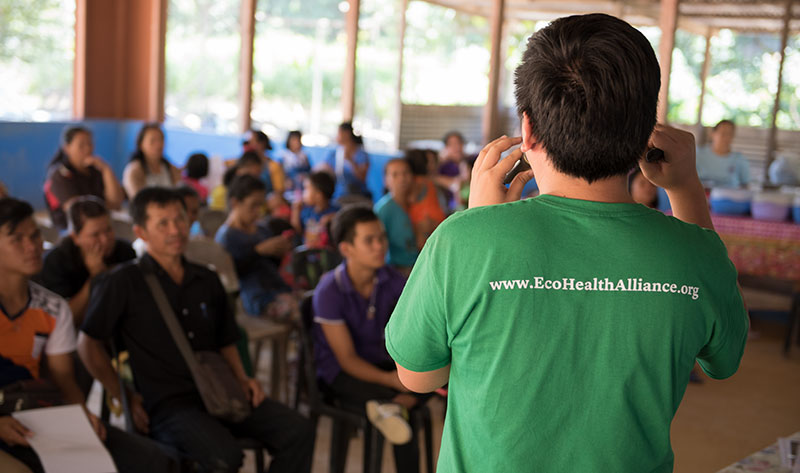
Will infectious disease prevention become recognized as an ecosystem service? Will a growing awareness of the connection between habitat degradation and zoonotic disease outbreaks have implications for conservation? What role can ecological restoration, and landscape planning and design play in slowing the spread of these diseases?
We explore these questions with pioneering disease ecologist and Senior Scientist with the Cary Institute of Ecosystem Studies, Richard Ostfeld. An internationally recognized authority on the ecology of Lyme disease, Ostfeld has spent 25 years studying the relationship between land use and infectious zoonotic disease.
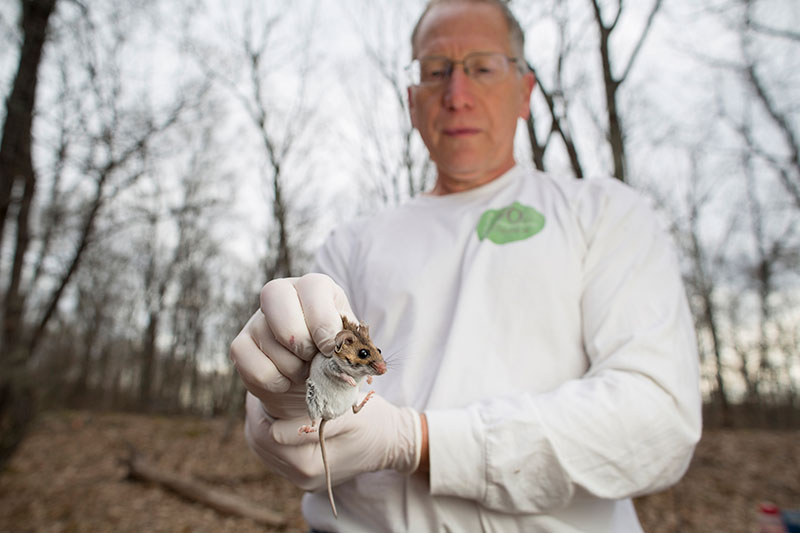
We also speak with Leann Andrews, a landscape architect, researcher, and educator whose work focuses on the intersection between design and public health. Andrews talks about how to “layer in” zoonotic disease prevention and shares insight from her work with vulnerable communities in Iquitos, Peru to create landscape interventions to improve public and ecological health.
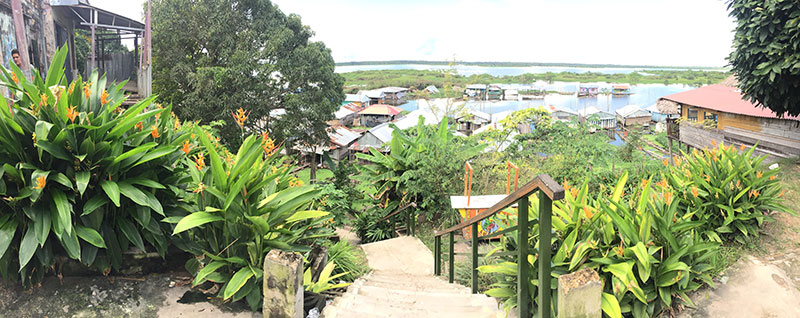
Speaking of interventions, in his essay “The Greenway Imperative,” (originally published on The Florida Bookshelf, News from the University Press of Florida) author, planner and landscape architect, Charles A. Flink stresses the importance of greenways as “gene-ways” to support healthy ecosystems as well as plant and animal migration.
We also review David Quammen’s prescient 2012 book, Spillover: Animal infections and the Next Human Pandemic. The book, which captures the author’s five-year quest to understand how and why deadly pathogens “spill over” from wild animals into humans, reads like a series of compelling whodunnits. It also serves up sober warnings of an inevitable Next Big One, an inevitability with which today’s readers are all too familiar.
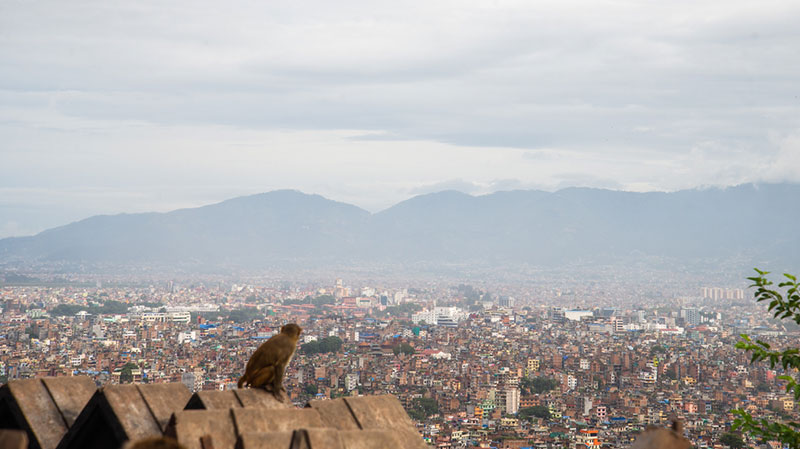
In the Resources section of this issue, we share links to websites and publications where you can learn more about this topic, including a significant amount of research linking habitat degradation and biodiversity reduction to the spread of infectious diseases. We also provide a glossary. Finally, we share the latest news from Biohabitats.
The events of the past several weeks, amid a mass movement toward the digital domain, society has awakened to the essential services of Nature and the interconnectedness of us all. It is my hope that a contagion of care—for our planet and for others—will outpace and overwhelm the spread of all ills, biological and social.

